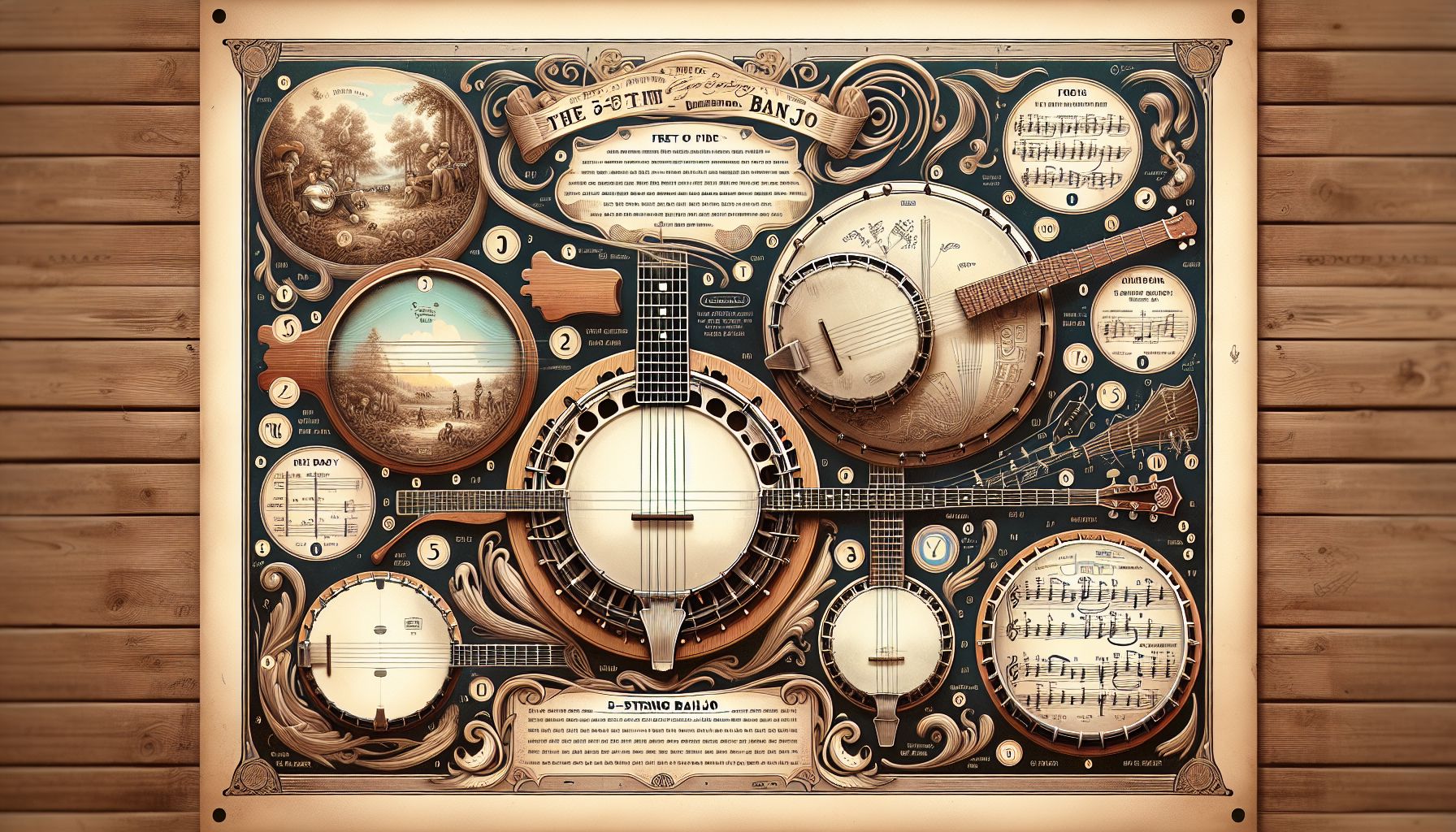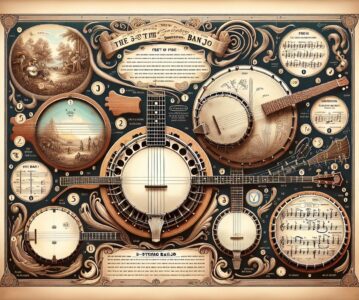Are you captivated by the unique twang of the banjo? Do you find yourself tapping your feet to the lively bluegrass rhythms? If you’re a banjo beginner, fear not! In this guide, we’ll unlock the magic of the 5-string banjo, explore its history, learn how to choose the right instrument, and get you started on your banjo journey. So strap on your enthusiasm and let’s dive into the enchanting world of the banjo!
1. A Brief Introduction to the Banjo
The banjo is a stringed instrument with a vibrant sound, commonly associated with American folk and bluegrass music. Its distinctive twang originates from the circular body known as the “pot” and a set of strings that are plucked or strummed with fingers or picks. Banjos come in various types, but the most popular is the 5-string banjo.
2. The History of the Banjo
African slaves brought their musical traditions to America, including the banjo’s ancestor, an instrument called “ngoni.” Over time, European influences fused with African techniques, leading to the birth of the modern banjo. It grew in popularity during the mid-19th century, becoming an essential part of minstrel shows, Appalachian folk music, and eventually bluegrass.
3. Choosing Your 5-String Banjo
Before embarking on your banjo journey, it’s crucial to select the right instrument. Here are a few factors to consider when choosing your 5-string banjo:
i. The Resonator
A resonator banjo produces a louder and brighter sound compared to open-back banjos. Resonator banjos are commonly used in bluegrass music and provide more volume and projection.
ii. Open-Back or Resonator Banjo
Open-back banjos have a mellower and softer sound. They are often used in old-time and folk music. Consider your preferred musical style when deciding between the two.
iii. Wood Choice
Some common woods used in banjo construction include maple, mahogany, and walnut. Each wood type provides a distinct tone, so explore different options to find the sound that resonates with you.
iv. Budget Considerations
Like any instrument, banjos come in a variety of price ranges to suit different budgets. It’s essential to strike a balance between budget and quality to ensure you get a reliable instrument that will inspire you to keep playing.
4. Getting Started
i. Tuning Your Banjo
Tuning your 5-string banjo is crucial before playing. The strings are typically tuned to an open G tuning (G-D-G-B-D). You can use an electronic tuner or get assistance from online resources to ensure each string is at the correct pitch.
ii. Basic Chords for Beginners
As a beginner, start by learning a few basic chords. The most common chords for banjo players are G, C, and D. With these three chords, you’ll be able to play countless songs and practice transitioning between chords smoothly.
iii. Essential Picking Techniques
Two popular picking techniques for banjo players include:
- Scruggs Style: Named after Earl Scruggs, this technique involves using three fingers (thumb, index, and middle) to pick the strings. Focus on mastering the roll patterns, which are repetitive sequences of thumb and finger-picking.
- Clawhammer Style: This technique is more commonly used in folk and old-time music. It involves striking the strings with a downward motion using the back of the fingernail, followed by a brushing motion with the index or middle finger.
iv. Practicing with Patience and Perseverance
Learning the banjo, like any instrument, requires patience and perseverance. Establish a consistent practice routine and break down songs and techniques into smaller, manageable parts. Celebrate small victories along the way, and don’t be discouraged by initial challenges.
5. Expanding Your Banjo Knowledge
As you become more comfortable with the banjo, consider exploring additional techniques, resources, and music styles. Here are a few suggestions:
- Tablature (Tabs): Banjo tabs are a form of musical notation specifically designed for the banjo. They indicate the placement of fingers on the strings, helping you learn songs and melodies more easily.
- Online Tutorials: The internet is a treasure trove of banjo tutorials, lessons, and resources. Platforms like YouTube offer a wealth of free content to help you progress at your own pace.
- Listening and Jamming: Immerse yourself in banjo music by listening to renowned artists across various genres. Joining a local jam session or playing along with recordings will improve your timing and expose you to different banjo styles.
Conclusion
The 5-string banjo opens up a world of musical possibilities and invites you to become a part of a vibrant community. As a beginner, take the time to find the right instrument, learn fundamental techniques, and practice regularly. Remember, your banjo journey is unique, and progress is made one strum at a time. Embrace the twang and let the banjo’s enchanting sound carry you to new musical heights!


